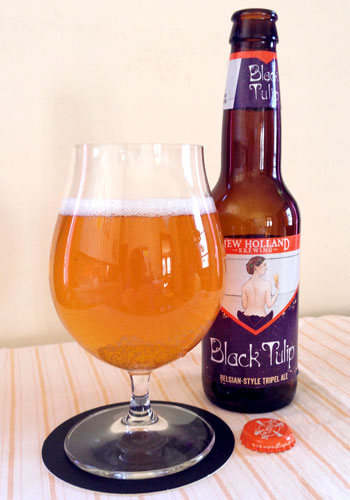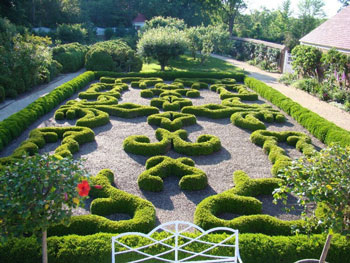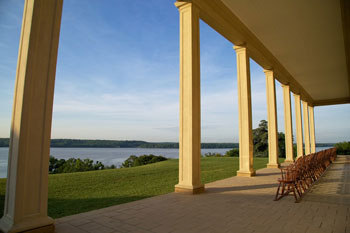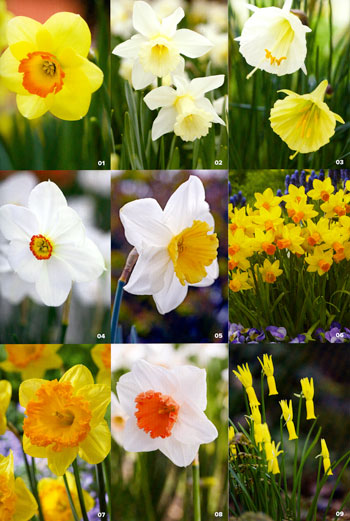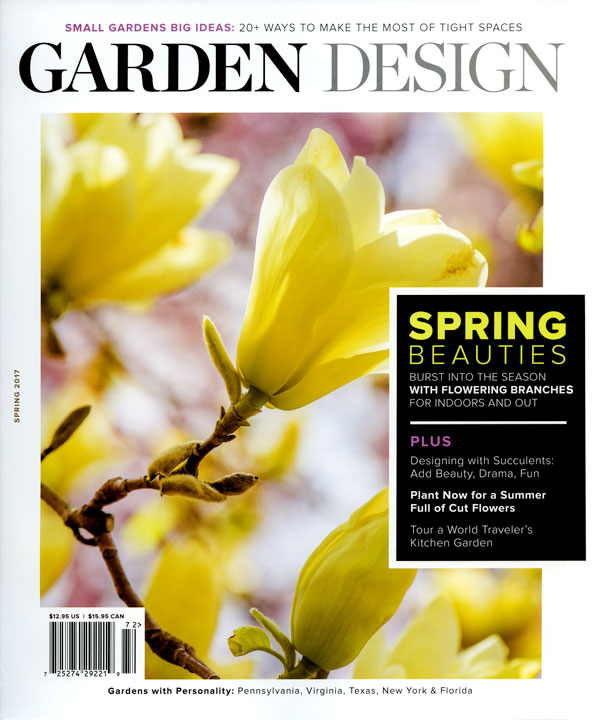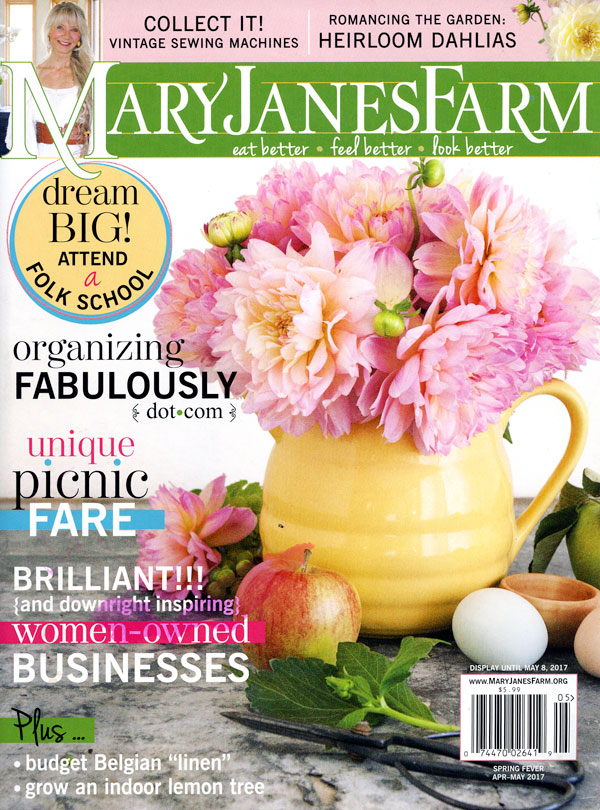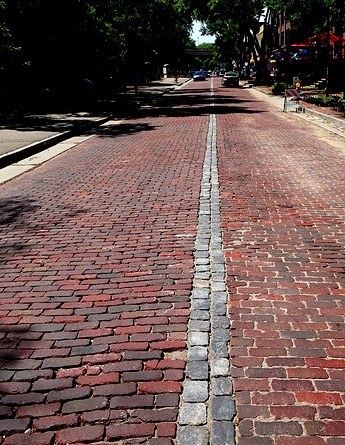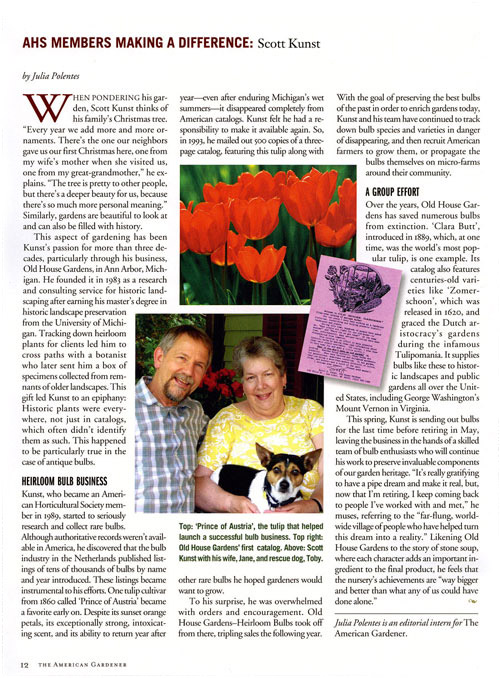
From Christmas tree ornaments to one of my favorite childhood books, Julia Polentes tells the OHG story in the March-April issue of the American Horticultural Society’s American Gardener. As an avid reader ever since I joined the Society in 1989, it’s a special pleasure to be profiled in “AHS Members Making a Difference.”
Julia starts with me comparing heirloom bulbs to the ornaments on our family Christmas tree which are “pretty to other people, but there’s a deeper beauty for us” because they have “so much more personal meaning.” She talks about my “epiphany” when I realized that historic plants can be found all around us if you know what you’re looking for, and my efforts since 1993 to preserve “the best bulbs of the past in order to enrich gardens today.”
Now that I’m retiring, Julia notes that I’m appreciating more than ever “the far-flung, world-wide village of people who have helped turn this dream into a reality.” As in Stone Soup, one of my favorite books as a kid, what we’ve accomplished together is “way bigger and better than what any of us could have done alone.”
For more, you can check out the entire article at our website.





